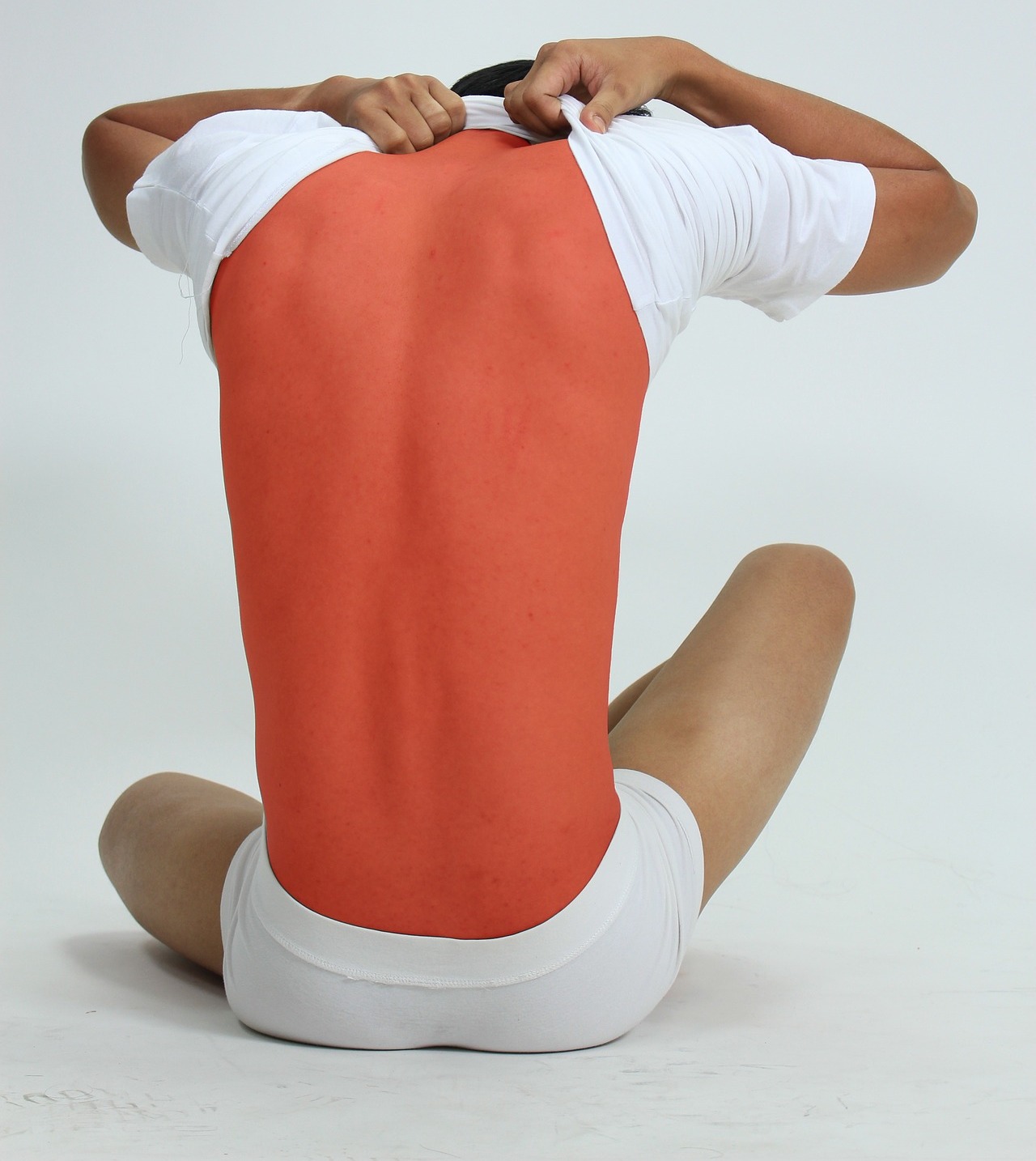The Main Causes of Lower Back Tightness
Posted on 30th April 2020 at 10:00
Lower back pain is very common and has a significant impact on our society.
According to the British Occupational Health Research Foundation (BOHRF), a staggering 40% of the population are affected by back pain. That results in fifty million workdays lost at a cost of about £5 billion to the UK economy.
That’s £200 for every employee, according to the Clinical Standards Advisory Group. But, beyond the economic impact, the effect of lower back pain on your everyday life can be incredibly debilitating.
So, what causes lower back pain and, if you’re experiencing it, what can you do to reduce the discomfort?
Is lower back pain a consequence of modern life?
Possibly, although this is open to debate.
Regardless, it’s hard to ignore how much time many of us spend sat down in front of a TV, computer, or with some form of electronic device in our hand. This is arguably why Ofcom referred to the outgoing decade as the ‘decade of digital dependency’, noting that two in five adults look at their smartphone within five minutes of waking up.
This means we’re not moving as much as we should, and, when we do, our muscles aren’t ready to work and support us correctly. The result is bad posture, overloaded muscles and, eventually, back pain.
Why does my lifestyle damage my back?
If you sit continually for long periods of time without regular breaks, you’ll stand a greater chance of shortening your anterior muscles such as your hip flexors. The same goes for your pectoral muscles and anterior neck.
These are muscles your body relies on constantly to move around freely and without pain. If your lifestyle is less than optimum, you’ll begin to develop an imbalance in the way your muscles work.
When this happens, undertaking day-to-day tasks or moderate exercise will become increasingly challenging because you won’t have the structural strength required. Thankfully, this can be addressed.
A qualified sports massage therapists or sport therapists can help by releasing the tension in your muscles, reducing adhesions or scar tissue, and realigning your muscle fibres.
However, there’ll be homework to undertake, too, because the therapist will probably provide you with exercise guidance to help rebuild your muscles correctly and stabilise your back.
But, I’m healthy; what else could it be?
If you’re not guilty of spending too long watching TV or getting lost in your smartphone but still experience lower back pain, there are of course other reasons for the discomfort.
Structural issues that aren’t a result of lifestyle or posture, such as scoliosis, lordosis, or kyphosis, point to abnormal curvatures of the spine. The resulting back pain varies in severity but can be equally as debilitating as that which results from a poor lifestyle.
Disc problems are also very common in the adult population. The discs found in the human back are unfortunately prone to injury, and this is a risk that increases with age. Similarly, sciatica is also incredibly debilitating, and that also stems from the lower back, through no fault of your own.
Regular gym-goers may also be inadvertently causing themselves lower back pain due to poor technique when lifting weights or overtraining. If you think you might fall into that bracket, we recommend seeking the advice of a personal trainer or sports therapist to make sure you’re performing each exercise correctly.
Tips for reducing lower back pain
There are some simple, tried-and-tested ways to address lower back pain. Here are four of our favourite strategies.
Move - often. Sitting or standing for prolonged periods is really not very good for your back at all. Make sure you get up and move around each hour of your day.
Exercise. Even the simplest, shortest period of exercise can greatly help your lower back. For instance, yoga will build core strength, and any exercise which activates your glutes will support your back.
Have a regular sports massage. A monthly sports massage will help keep your muscles in check and enable a professional to spot areas of tension that are building before it becomes a problem.
Sort out your workstation. If you work for long periods at a desk, it’s important to ensure your screen height, chair and table are all helping you achieve a good posture.
If you’re experiencing lower back pain, we recommend seeking the advice of a professional. This is not least because the solution may be far simpler than you fear.
Find out how a sports massage could finally rid you of the pain you’ve been experiencing by talking to our team.
Share this post:

